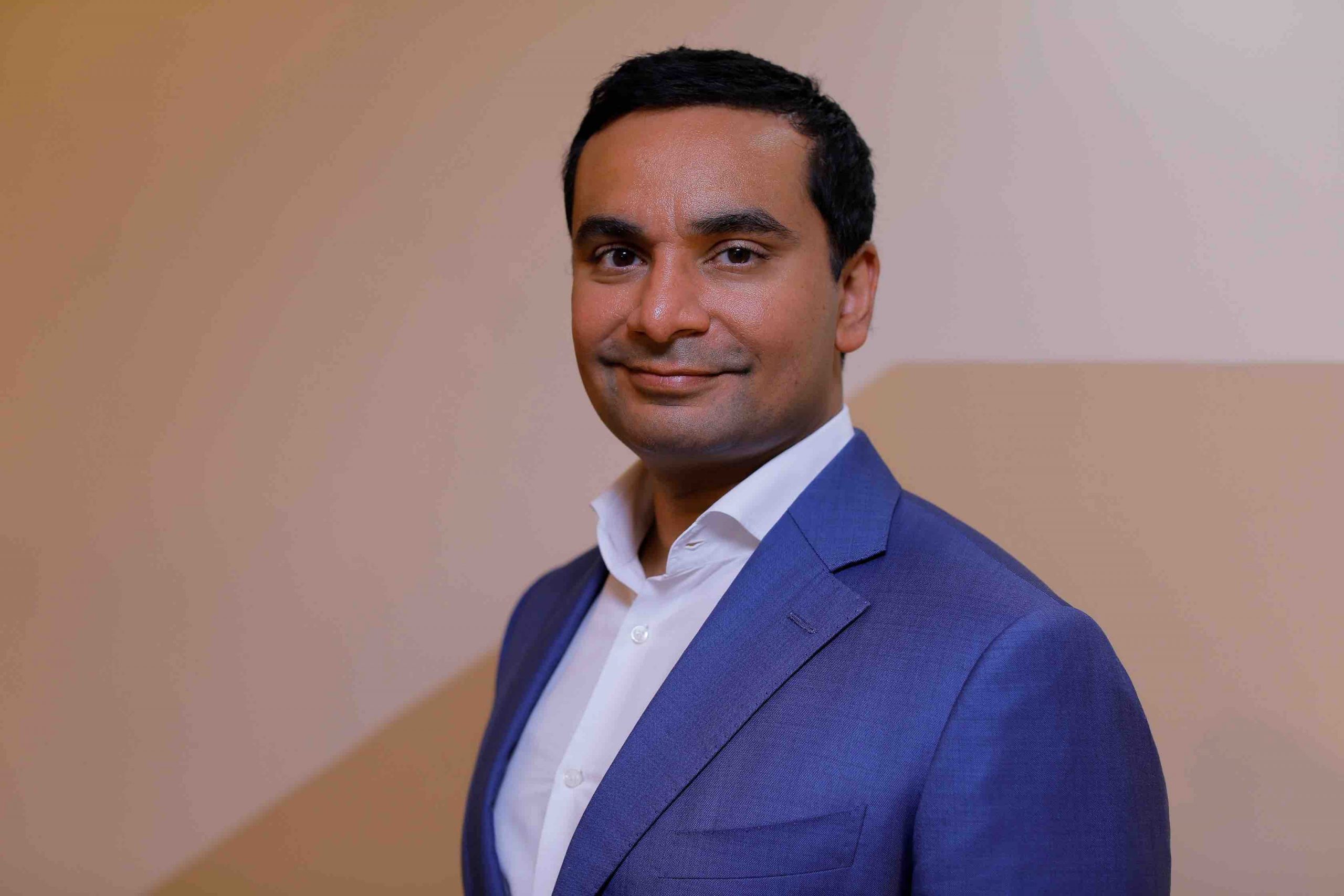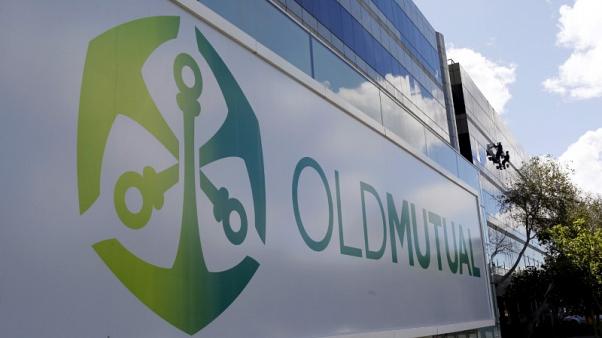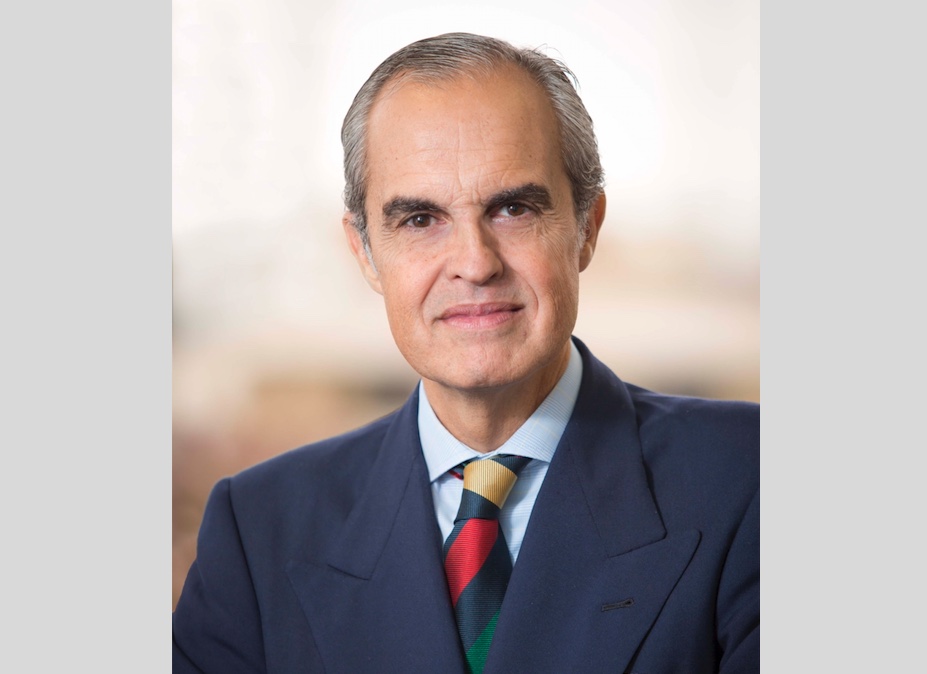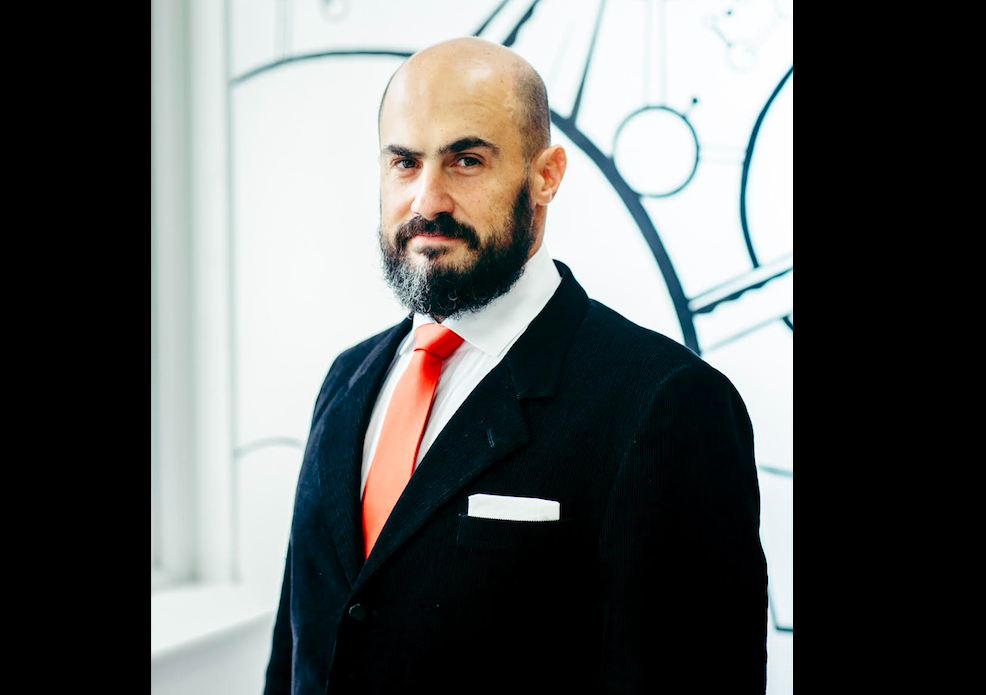Value Investing in Asia: “The Best Value Opportunities are When You Buy Growth Without Paying for It”
| By Alicia Miguel | 0 Comentarios

Amiral Gestion applies its value investing philosophy to investments around the world, including Asia. Sid Choraria, head of Analysis of Amiral Research in Singapore, explains in this interview with Funds Society the peculiarities of the Asian market, in which the importance of analysis is key to reduce the information gap that exists with respect to companies in other markets. The company recently opened an office in Singapore, with a local team of seven analysts, tasked with exploring the many opportunities of a heterogeneous market, and in which the universe of listed companies will multiply in the coming years, without forgetting that the potential sources of volatility, such as China or North Korea, can be a value investor’s best friend.
When investing in Asia with a “value” approach, what particularities do you find against other regions?
The specific pecularities that global investors must appreciate are differences in corporate governance, accounting standards, market regulations, liquidity, language and culture across Asia which can create some barriers to entry for far-away foreign investors. In Asia, for instance, relying overly on reported financial statements or secondary research like sell side analysts can be a pitfall. The importance of scuttlebutt research and doing your own work is even more important in Asia. By this we mean, learning as much about a company’s ecosystem – its competitors, customers, suppliers, distributors, products, hiring processes, technology, etc which helps to bridge the information gap. The quality of people behind the Asian company is paramount – in developed markets perhaps you can go by the reported financials, but in Asia, appreciating where the incentives lie is of paramount importance as many small mid caps are majority owned by families. I like to very clearly understand what it will take for a company to go from where they are today to where they want to be.
Even within Asia, one cannot paint all markets with the same brush. There are many differences between each market which value investors must appreciate. In China, 80% of investors are retail investors who focus on anything but fundamentals, and this leads to speculation and short-term trading. Even institutions in China have very high portfolio turnover which means stocks will deviate far more often from intrinsic value of the business. This is a advantage for the long-term investor. As China transforms itself it is important to appreciate the nuances of state policies and government reforms, as it can make or break an investment. In parts of Asia, there is still information assymetry unlike the West – for example companies in Japan, sometimes IR documents are not available real-time in English on the website, and visiting small mid cap companies in person can help bridge this gap. India tends to be more of a GARP (growth at a reasonable price) market and investors looking for “deep value” are likely going to miss out on great businesses and compounding stories. Of course, such opportunities can emerge during periods of financial crisis. Countries like South Korea and Taiwan offer value in the traditional sense, but it´s very important to pay attention to minority shareholder friendliness, cross shareholdings, capital allocation, etc as they can differ significantly from company to company.
Are there undervalued companies to a greater extent than in other markets?
Asia is a fertile fishing ground for long-term, disciplined investors as markets and companies in the Asian region are still at more nascent stages than developed markets in the US and Europe. This creates inefficiency that value investors in Asia can systematically uncover. The size of the opportunity set is also huge, for instance below the 2 billion market cap there are an astounding 16,000 Asian companies, many of which are not actively covered in a serious manner. This universe will only multiply over the next 15-20 years, as companies go public for the first time in growth economies like China and India. So, by definition, this should afford more mispriced stocks than other regions and we see this with the valuations too on a global context. Currently our global equity fund, Sextant Autour du Monde, has a 40% exposure in Asia. Some of our best ideas come by meeting companies and competitors in the Asian small mid cap space. To build a local team, we recently opened a research office in Singapore and grown to 6-7 analysts in Asia. With Singapore being 2-4 hours by plane to most companies, we are able to kick the tyres in real-time.
For example, in Japan there are lots of undervalued companies to a greater extent than other markets, with more than 50% of companies with net cash balance sheets! We like companies like Toyota Industries and Daiwa Industries. In Korea, the preferred stocks trade at a significant discount, not justified relative to the common and here we like for example LG H&H. In India, there are companies that we find that present both asset value plus earnings growth, for example NESCO, which runs India’s largest private exhibition business in Mumbai. In Hong Kong, there are many cheap companies, but one needs to know the players, their reputations etc. We like HK listed companies like JNBY which is a niche fashion brand in China with strong management. Finally, Taiwan offers some of the highest dividends in the region and companies with reasonable valuations. Here we like companies like Taiwan Sakura, HiM International Music.
Many times, when investing in emerging markets (as the Asians), “growth” is the keyword and investors look for a “growth” approach. What can a “value approach” provide when investing in Asia?
The best value opportunities are when you buy growth without paying for the growth. What we mean is identifying a company that is able to reliably grow earnings and cash flow, without deploying much capital, so its returns are attractive, but yet is not yet fully recognized by the market. So, this is the twin engines which is growth in earnings as well as Mr. Market re-rating the multiple. Value investing is not just buying cigar butts – but identifying misunderstood stories, where the stock market has overlooked the earnings growth potential of a company.
Moreover, our value investment process is heavily dependent on having interaction with the company particularly when it comes to small and mid caps. We have met with over 150 Asian companies in the last 12 months.Here, the key aspect is being able to meet management who can illustrate to us in a 45-minute meeting their business model and why are they good at it. To clearly understand what differentiates companies, whether price, cost structure, management, etc is key. We look for companies that are able to elucidate in a logical fashion what it would take for the company to double their sales and operating profits in a 3 year period. So, we want to understand simply what are the building blocks that need to be put in place to achieve those goals – in a clear and simple manner. As Asian economies are growing, infact, we like companies that can predictably grow earnings, but where we are paying bargain prices, i.e. not paying much at all for the growth. In general, we emphasize cash flow and balance sheet analysis in valuing a business and study at least 10 years or longer if possible to understand where the value lies. Management can produce the set of accounting earnings that they want you to see. Price to earnings ratio is probably the most abused metric in valuation.
In Europe, some “value” experts talk about opportunities in the banking and in the energy sectors. In what other sectors do you find opportunities in Asia?
Our ideas come from the bottom-up and not thematic. Therefore, we are flexible and unconstrained on the type of industries we invest in. There are some industries that just do not lead to prudent public markets investing, so I can discuss what we like to avoid. These are, generally speaking, i) industries requiring high capital intensity, ii) industries where the barriers of entry are low and iii) where there is a high degree of government regulations, since emerging markets are fraught with political risk.
Regarding Asian markets in general, ¿are you worried about the risk that China poses? ¿Are you worried about North Korea? What is the main risk you see in Asia?
In general, we do not attempt to forecast macro-economic direction or interest rates, as at least the stock market may perform very differently to what the macro suggests. This being said, countries are like companies too and we may try our best to learn as much as we can about the key factors that impact businesses we invest in. As value investors, we see volatility as a friend of a long-term investor, and indeed short-term price fluctuations allow us better opportunities, as long as the fundamentals of the company and thesis in question do not change.
Is Asia vulnerable to the normalization of the monetary policies in the USA and Europe?
Sure. There are some areas of the market that are more expensive, and this has had to do with low interest rates, so investors have justified taking more risk in certain areas of the market to chase yield.
Do you think that markets will face higher volatility this year than in 2017?
We think so. Volatility is the best friend of value investors, and this is where some of the best opportunities arise from.











